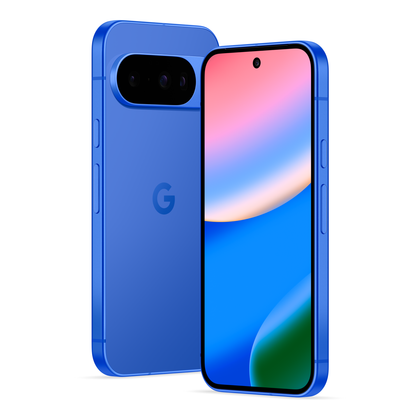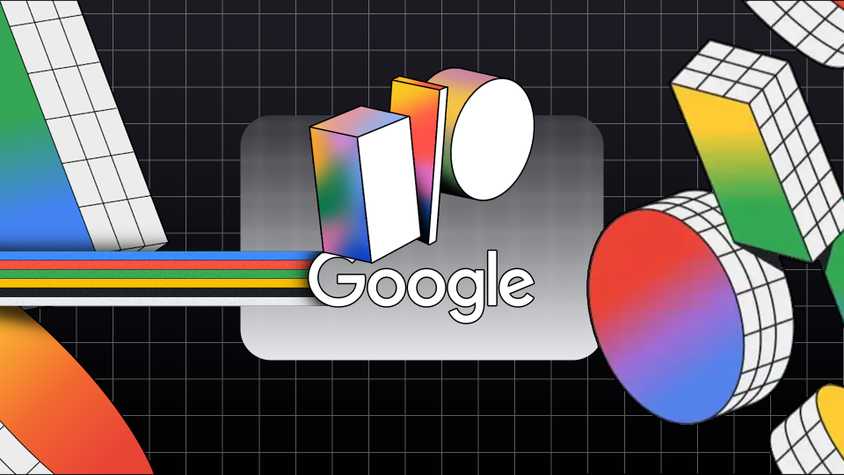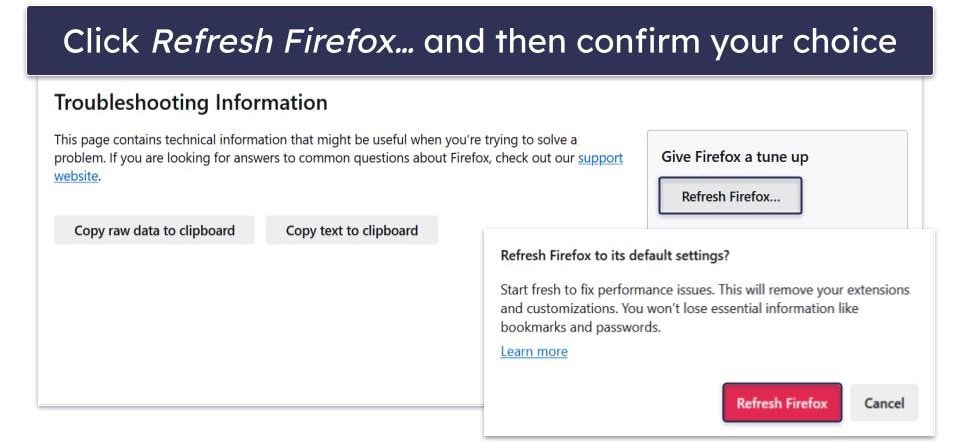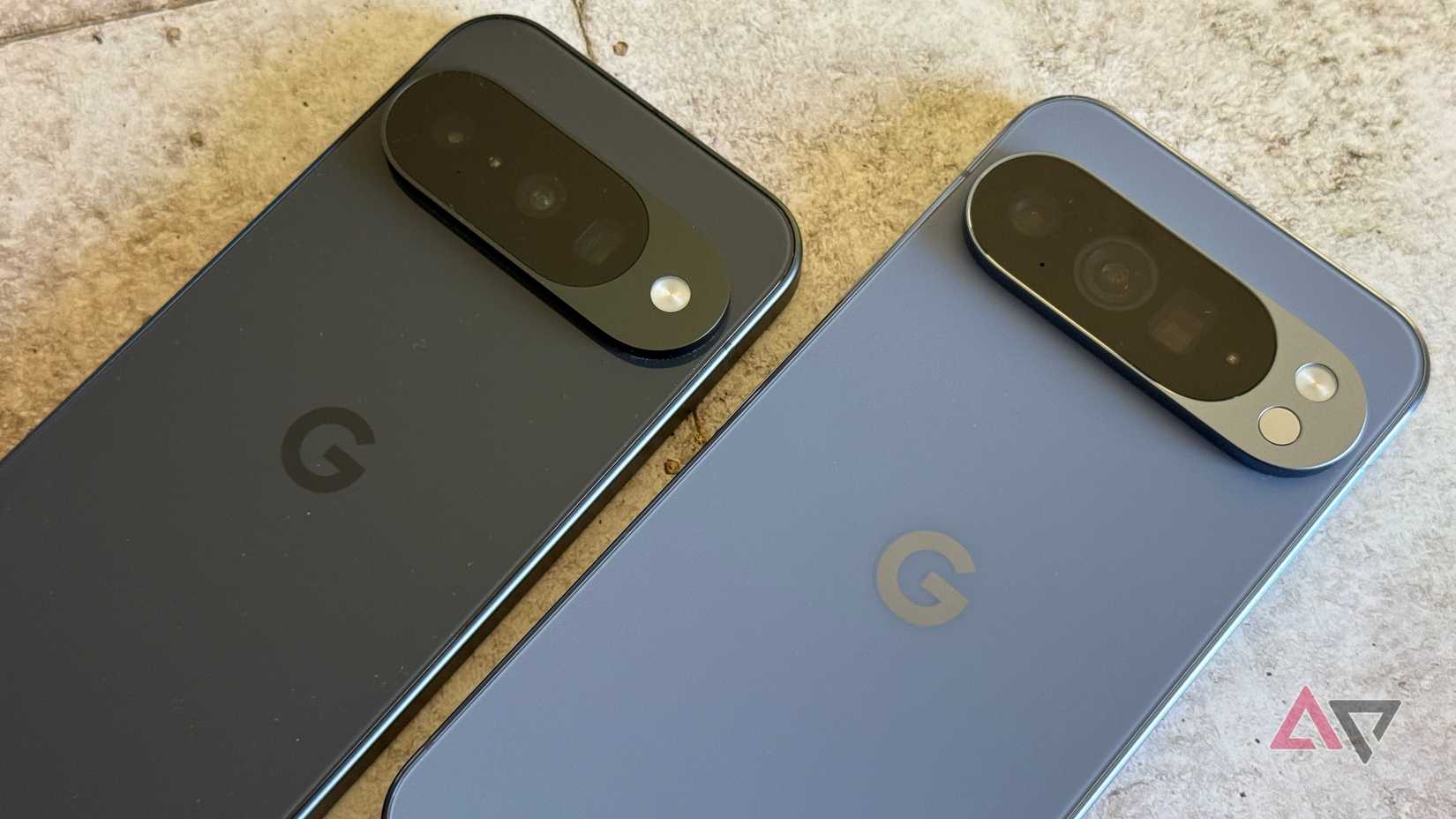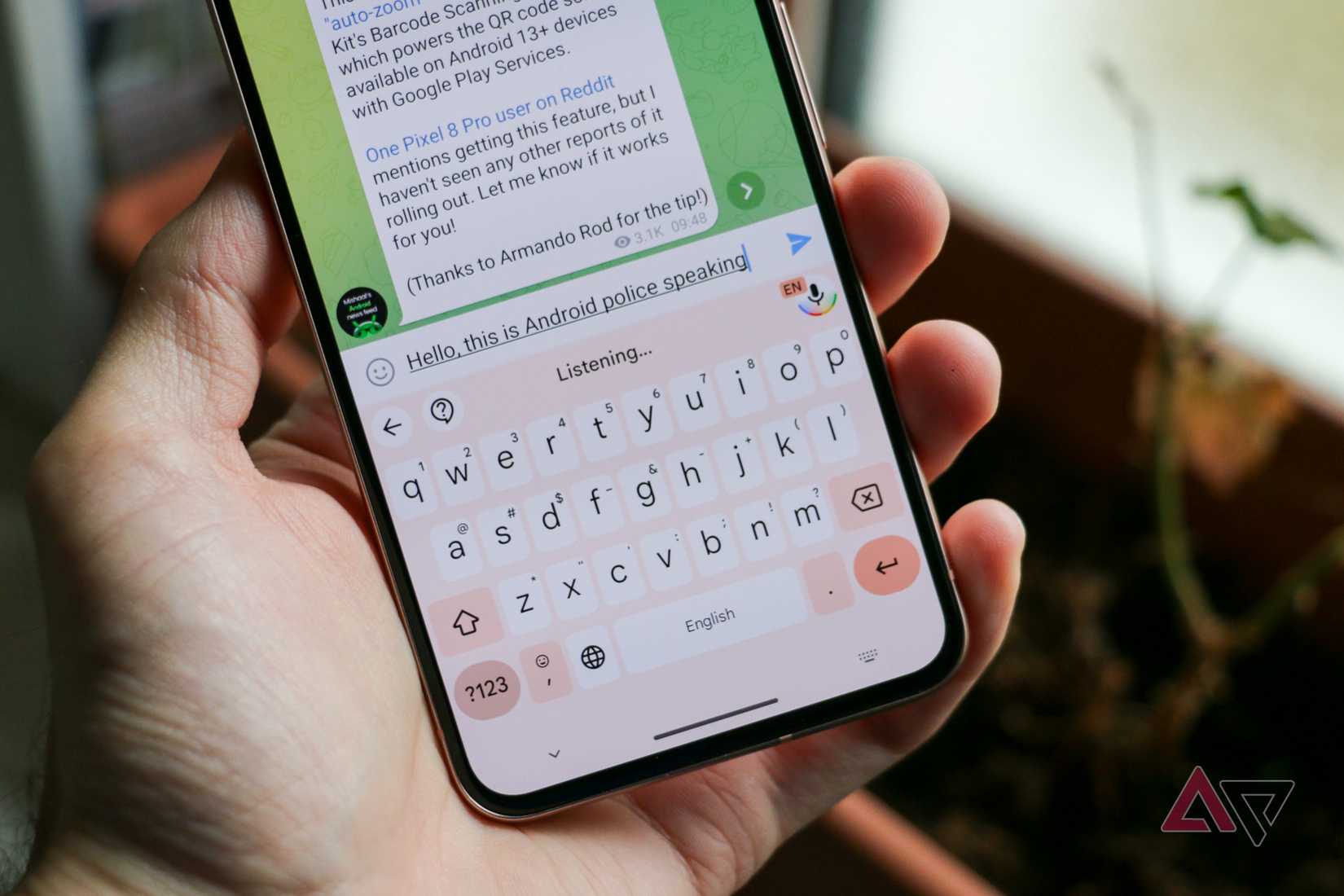Android 16 includes predictive features that make your phone intuitive, as if it knows what you’re thinking. It uses AI and machine learning to anticipate your needs. The result is a convenient, personalized mobile experience on your Android phone that feels like it’s reading your mind, and I like it.
Smart notifications that know when to interrupt you
The notification panel is smarter and cleaner. The new Android OS auto-groups similar notifications to reduce noise. When an app sends multiple alerts, it bundles them into one card, showing a single summary.
Google added a Notification Cooldown system. If an app sends multiple notifications quickly, Android automatically throttles them to reduce alert fatigue. The first few notifications may come through as usual, but any that follow within a short timeframe are delayed or bundled together. The phone doesn’t bombard you with repetitive alerts.
Android 16 brings priority and context awareness to notifications. It highlights important messages as Priority Alerts and places them at the top so you don’t miss critical notifications.
Snoozing notifications have become smarter. Android 16 leverages calendar events, current activity, and Do Not Disturb mode to suggest when to snooze and restore notifications. If you get a message during a meeting or while driving, the phone might prompt, “Snooze until 12:30 PM when the meeting ends?”
If you’re waiting for a time-sensitive update, such as a DoorDash delivery or Uber, Android 16 has Live Updates. These real-time notifications appear at the top of the notification tray and lock screen, showing live progress (such as your delivery driver’s ETA).
The notification tweaks in Android 16 mean your phone is better at gauging what you need to see now versus what can wait. The system feels more organized and aware.
Your phone shows shortcuts of what you were about to open
Over time, the new Android learns your routines and offers shortcuts based on your usual app usage and actions. If you open your weather or messaging app each morning, Android 16 displays its shortcut on your home screen or suggestions bar at that time, or suggests a music playlist when you plug in your headphones. These context-aware suggestions are handled on the device, eliminating cloud delay.
Google’s on-device AI, part of the new Gemini technology, powers these contextual features. Earlier Android versions offered simple app suggestions, such as a row of suggested apps in the Pixel Launcher or Google’s At a Glance widget, which showed commute times. Android 16 extends these suggestions with artificial intelligence. These features improve the everyday Android experience.
You’ll spend less time searching for apps or menu options because the phone proactively puts them before you and removes small friction points.
Your keyboard knows what you’re about to type
Android 16’s improvements in predictive text input set a new standard for anyone who spends a lot of time typing on their phone. Older Android versions offered next-word suggestions and autocorrect. Android 16 uses AI models for context-aware predictive text. The suggestion bar now completes entire phrases and not only words.
Beyond the keyboard, Android 16 extends Smart Replies throughout the system. For example, Android 16 suggests responses based on conversation context in Google Messages and other compatible apps. Android 16 generates suggestions locally using Google’s latest language models, so private messages never leave the device.
Your phone previews your navigation before you take it
Have you accidentally navigated to the wrong screen or closed an app? Android 16 solves that annoyance with improved Predictive Back Navigation. Now, when you perform a back gesture or press the back button, the system gives you a visual preview of the destination. For example, if you’re deep inside an app’s settings page and tap the Back button, you’ll see whether you’re going to an earlier page or exiting the app to go to your home screen.
You can cancel the gesture if it’s not where you intended to go. Android 16 extends this predictive back animation to the classic three-button navigation that casual users prefer. That kind of feedback loop feels intuitive. With thoughtful touches like these, Android 16 does more than respond to what you do. It predicts what you’re about to do.
Battery life that adjusts to your habits
Android 16 builds on Android 15 with smarter core features, including an upgraded Adaptive Battery. Adaptive Battery 2.0 analyzes daily usage patterns with machine learning and identifies frequently used apps and those you rarely open. The system limits battery consumption from seldom-used apps and prioritizes frequently used apps, extending battery life.
Compared to earlier versions, Android 16 is smarter in resource management. The payoff is a better experience when you need performance and battery longevity, especially when the phone is in your pocket. The behind-the-scenes intelligence makes your phone feel like it knows what you need, even before you do.
The more you use it, the better it predicts
Using Android 16 makes it hard to return to a phone that doesn’t anticipate your needs. Manual tasks, such as digging through notifications and typing every reply, feel outdated when your phone can handle them automatically. Android 16’s predictive features aim to keep you in a comfortable flow. In a world where we often joke about our devices spying on us, Android shows the upside of a phone that figures you out.



